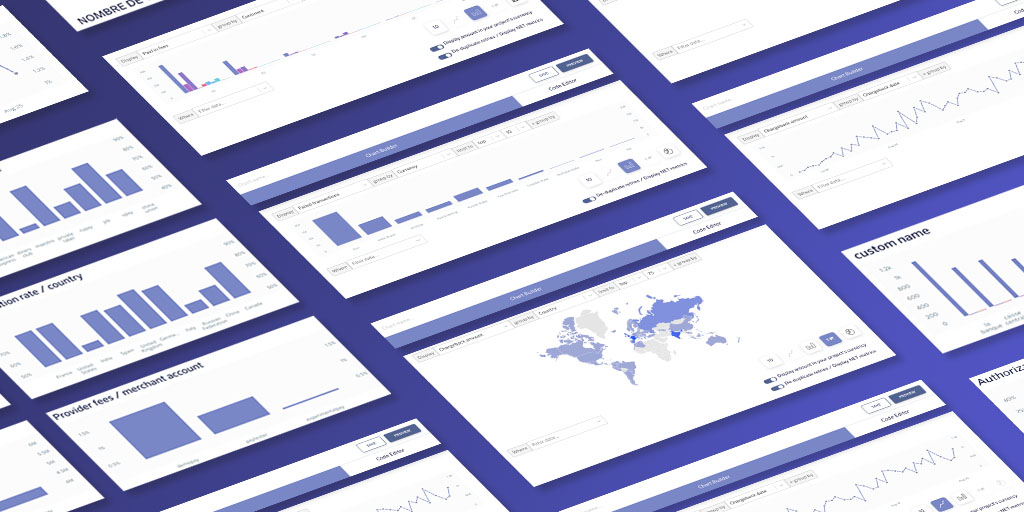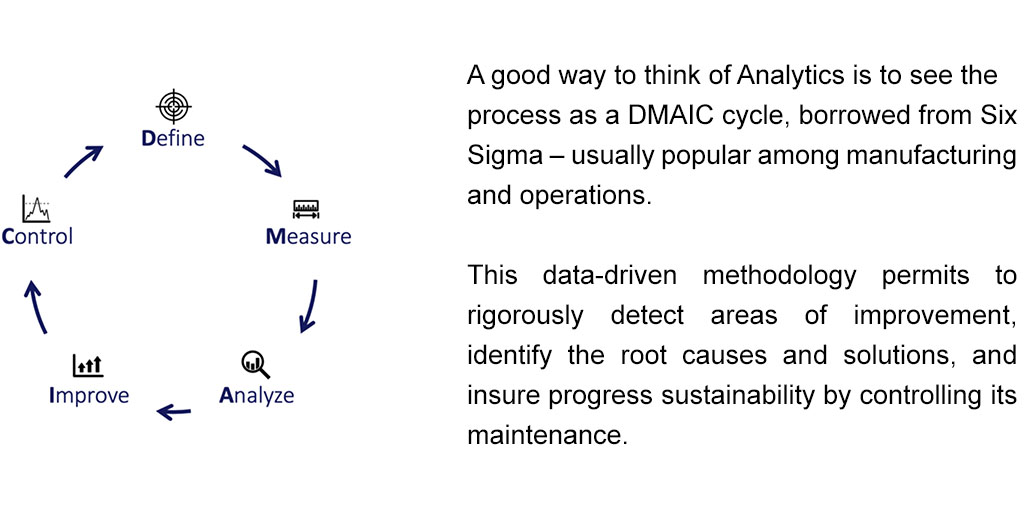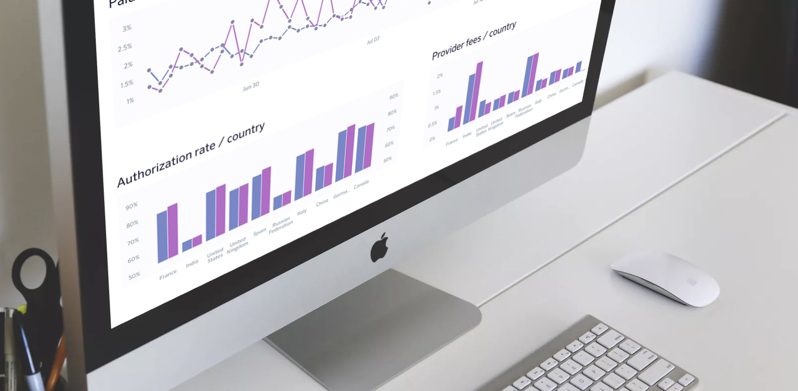Why and how Payment Analytics can help your business grow
by Remi Canard on
Payment is both a necessity and a challenge for every company selling online. While handling transactions will “make things work”, getting onboard with Analytics will transform your Payment setup to a profit structure.

Payment Analytics is the underrated lever of growth
The process of storing and interpreting data to drive recommendations and decisions – also known as Analytics – has been successfully spread out, to the point of becoming almost universally adopted in many companies and domains.
And that is no surprise! Analytics-driven strategies can lead to improved profitability by both cutting cost and optimize revenue in various contexts. The most successful companies we know today are fervent supporters of analytics, investing heavily and in every possible way. To a more global scale, the usage of analytics in Marketing has become a standard with a wide range of tools, and Sales team can also heavily rely on CRM functionalities and add-ons to aim for excellence.
However, Online Payment is too often left aside when it comes to optimization and analytics, while it is becoming exponentially big and important! Just as for the other domains, Payments can be optimized to generate more revenue and reduce costs – and we’re talking about several percentages of total revenue here. More specifically, a simple audit can help you quickly measure the number of gains you could achieve.
Proper methodology and resources are key for Analytics ROI
Being able to build charts that are relevant (possibly in a fast and efficient way) has its importance when it comes to analytics. However, it’s not enough to actually create growth. The core stands in the background, in how the analysis is done, interpreted and acted upon.

Another factor of success is linked to technical challenges, or the capacity to make the above analysis possible:
- Having the infrastructure to handle the necessary volume of data (to define)
- Being able to process, aggregate, and homogenize various sources (to define and measure)
- Having enough information to compare and assess one’s performance – such as benchmarks (to analyze and improve)
- Being able to keep the information up-to-date, possibly in real-time (to control)
This is especially true for Payment Analytics, where volumes are huge, data is split across services, and the market is opaque and ever-changing (by the way, are you sure to be ready for the incoming PSD2?)

How to do Payment Analytics to grow your business
Fortunately, we worked as hard as possible to make both the technology and knowledge accessible painlessly.
First, our previous article about analytics and monitoring in payment indicates everything you need in order to get started with Payment and includes examples of key metrics to watch.
Then, you can use our free, plug and play tool Telescope to estimate your savings and realize and audit of your Payment system. We built Telescope to replicate and automate the above DMAIC cycle:
- Important metrics are defined, measured and benchmarked right away
- Our algorithms analyze your transactions, identify points of poor performance and directly suggest solutions
From here, we’ll also be glad to get in touch and define together how to create more growth for your business: creation of specific dashboards with our monitoring tool, optimized and dynamic routing to a transaction-granular level, one-click integration to any provider, possibilities are endless!
